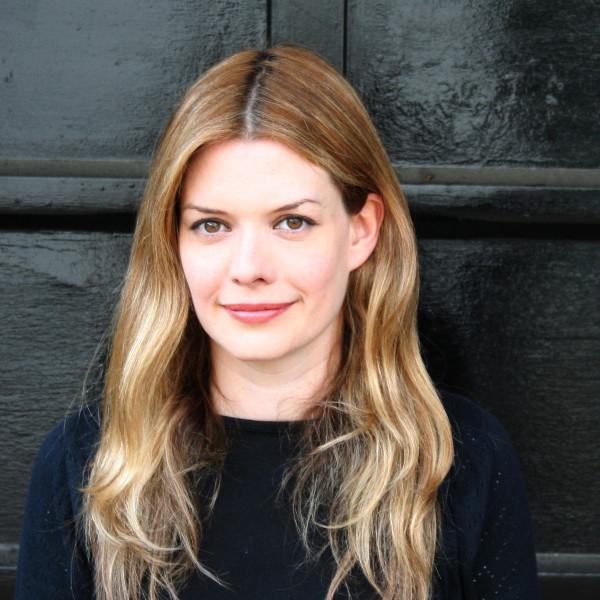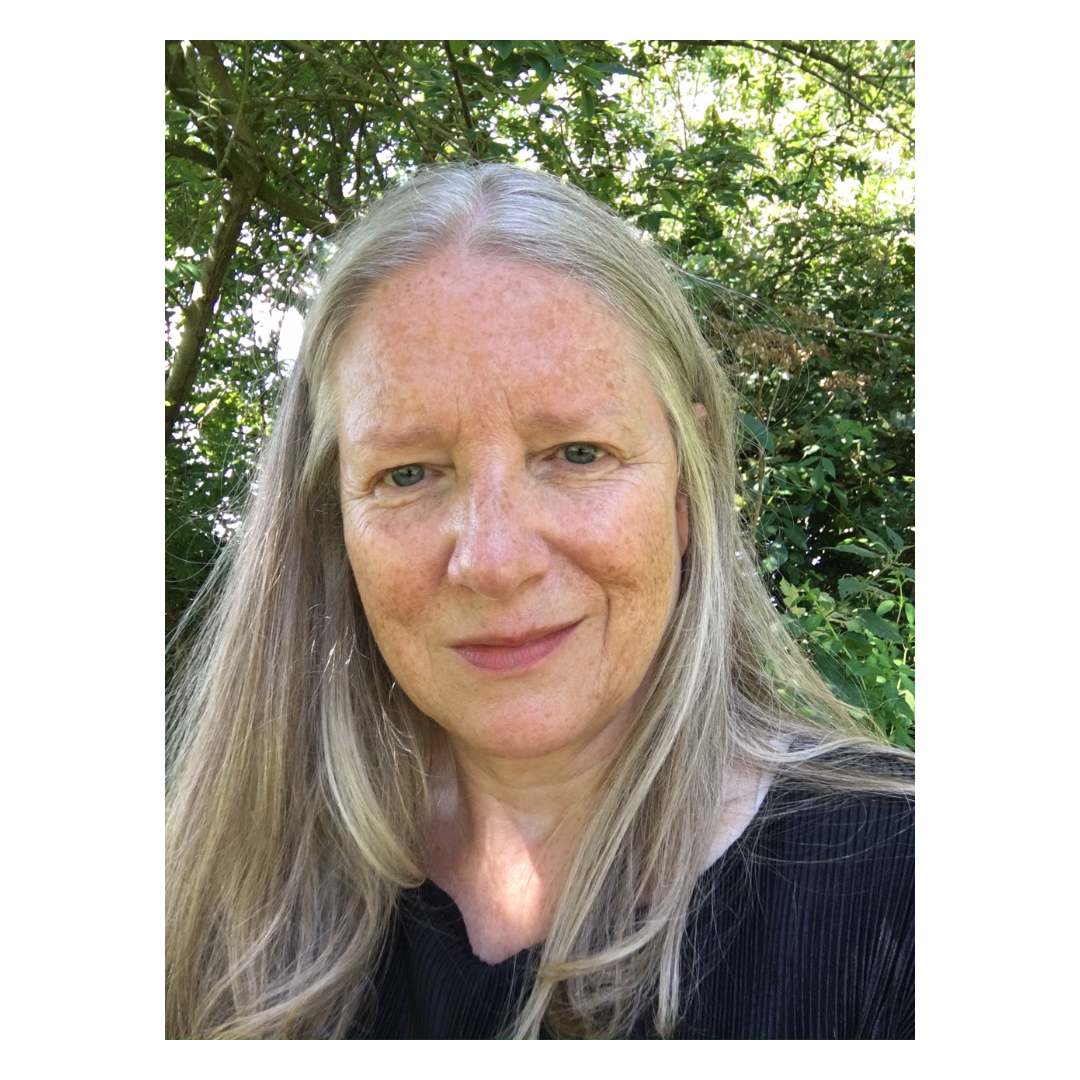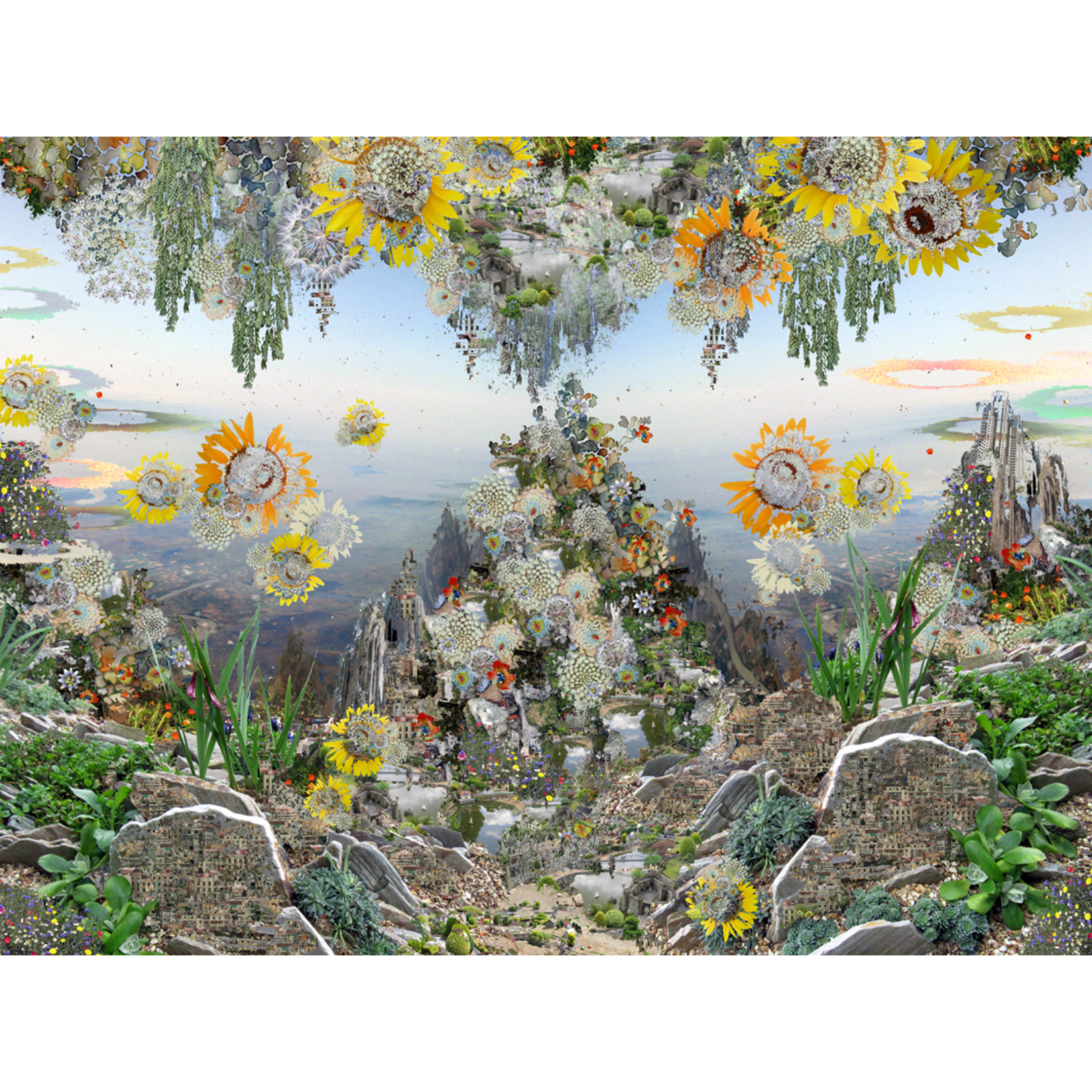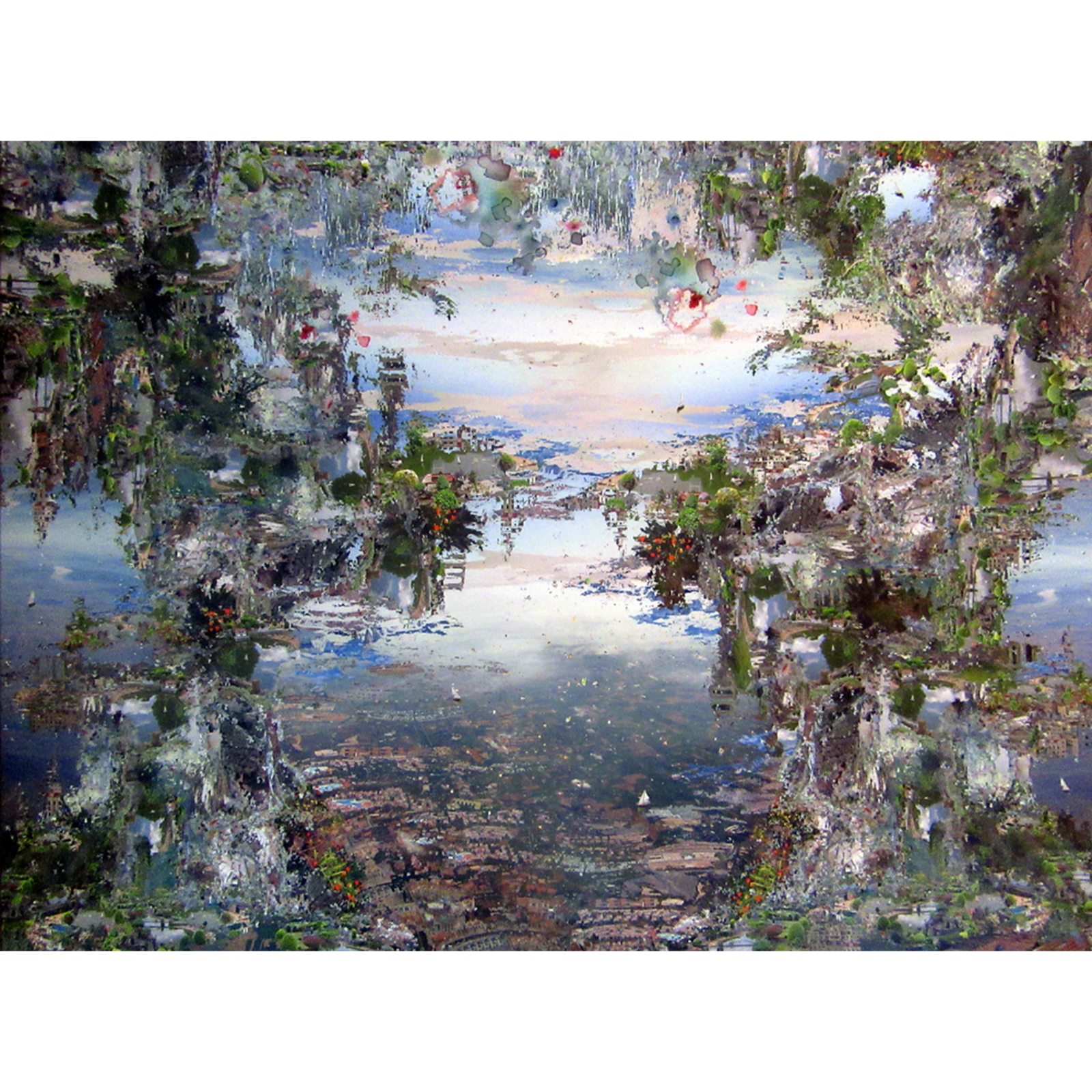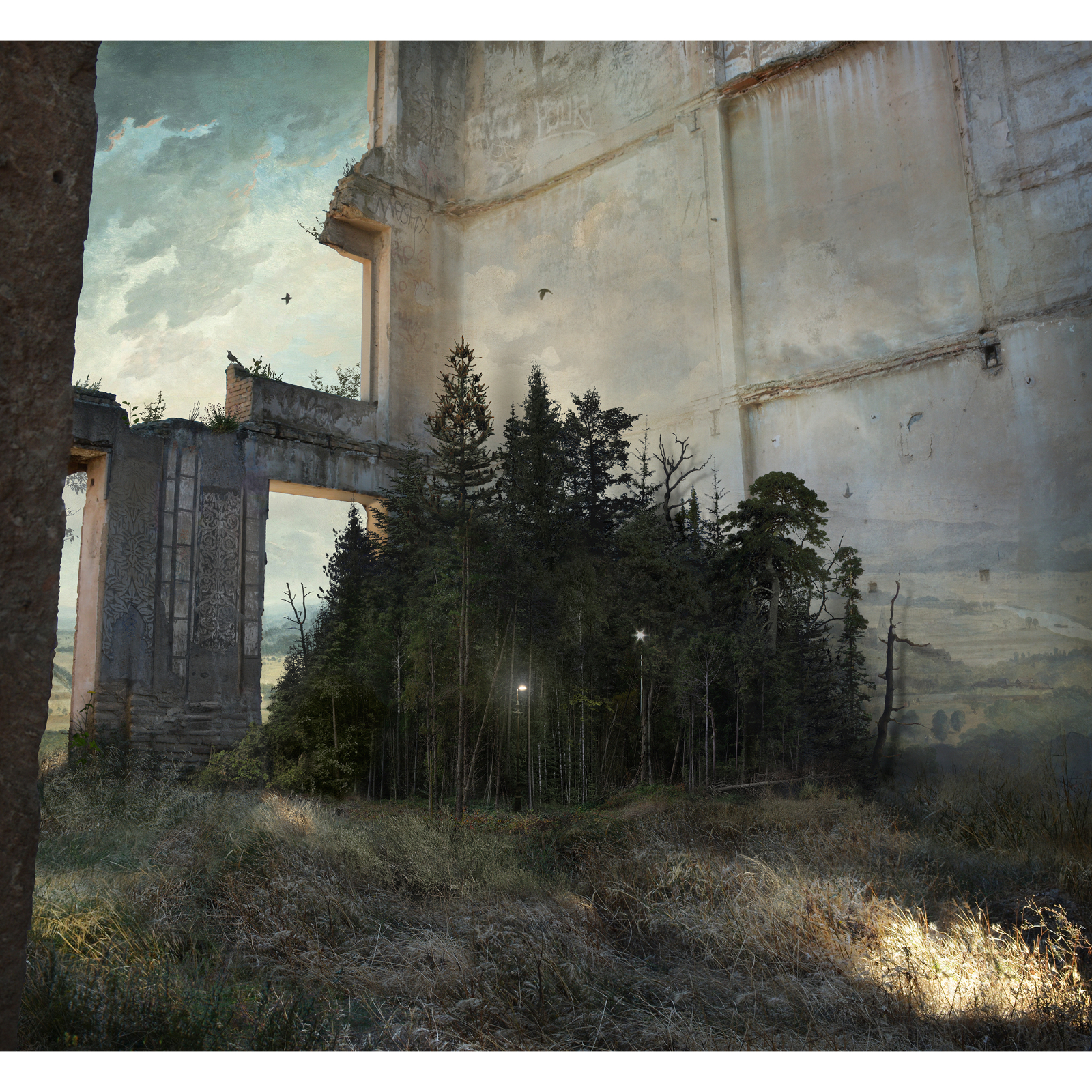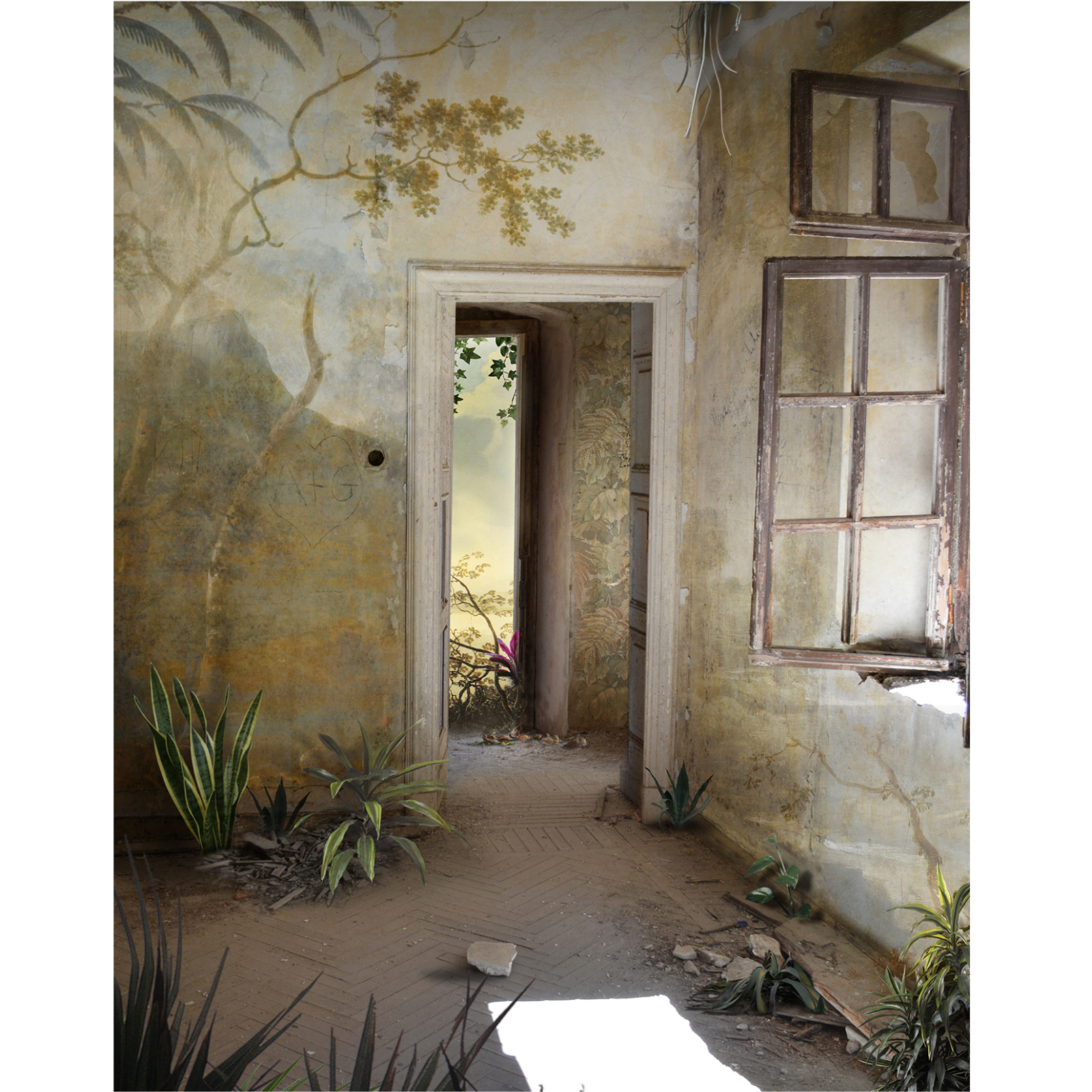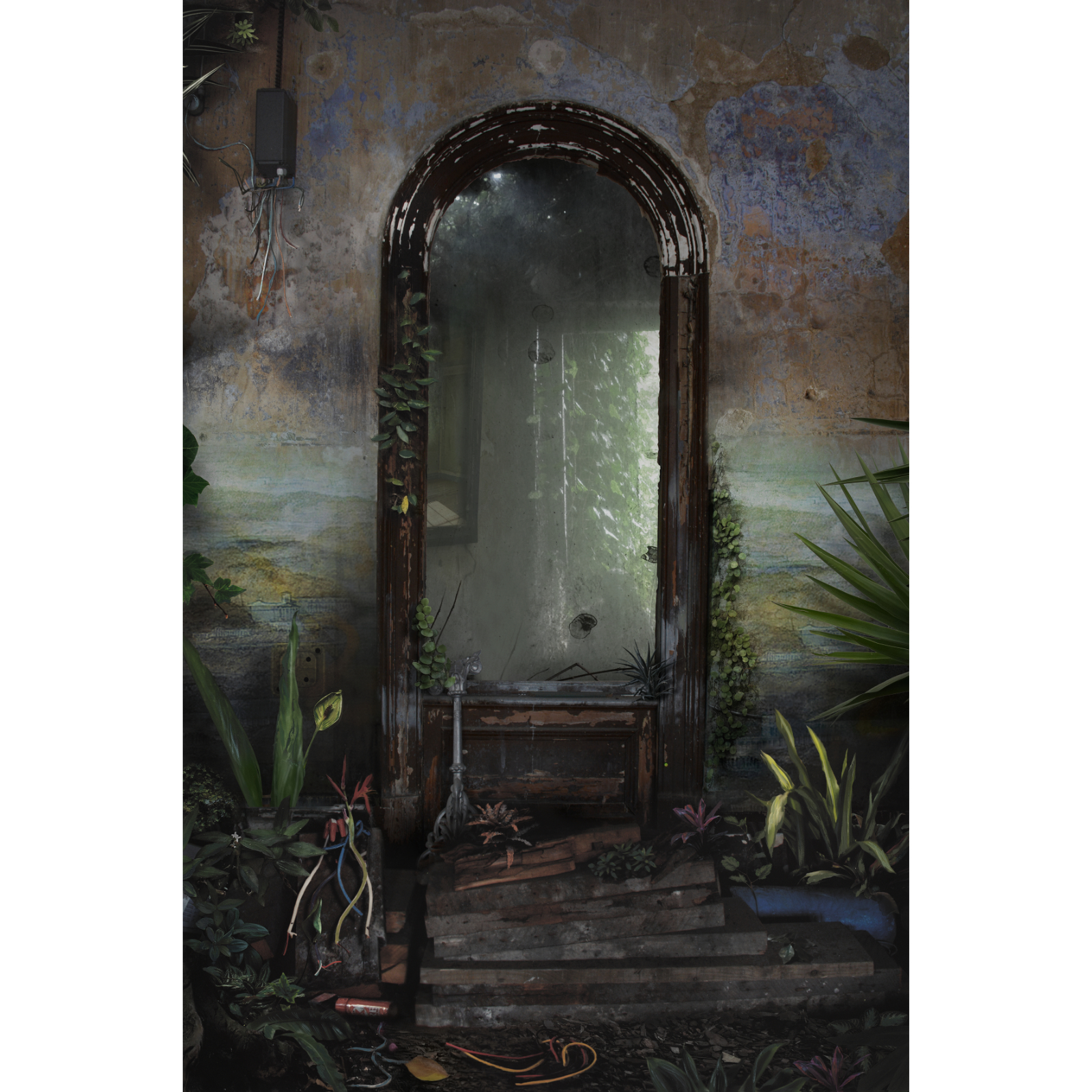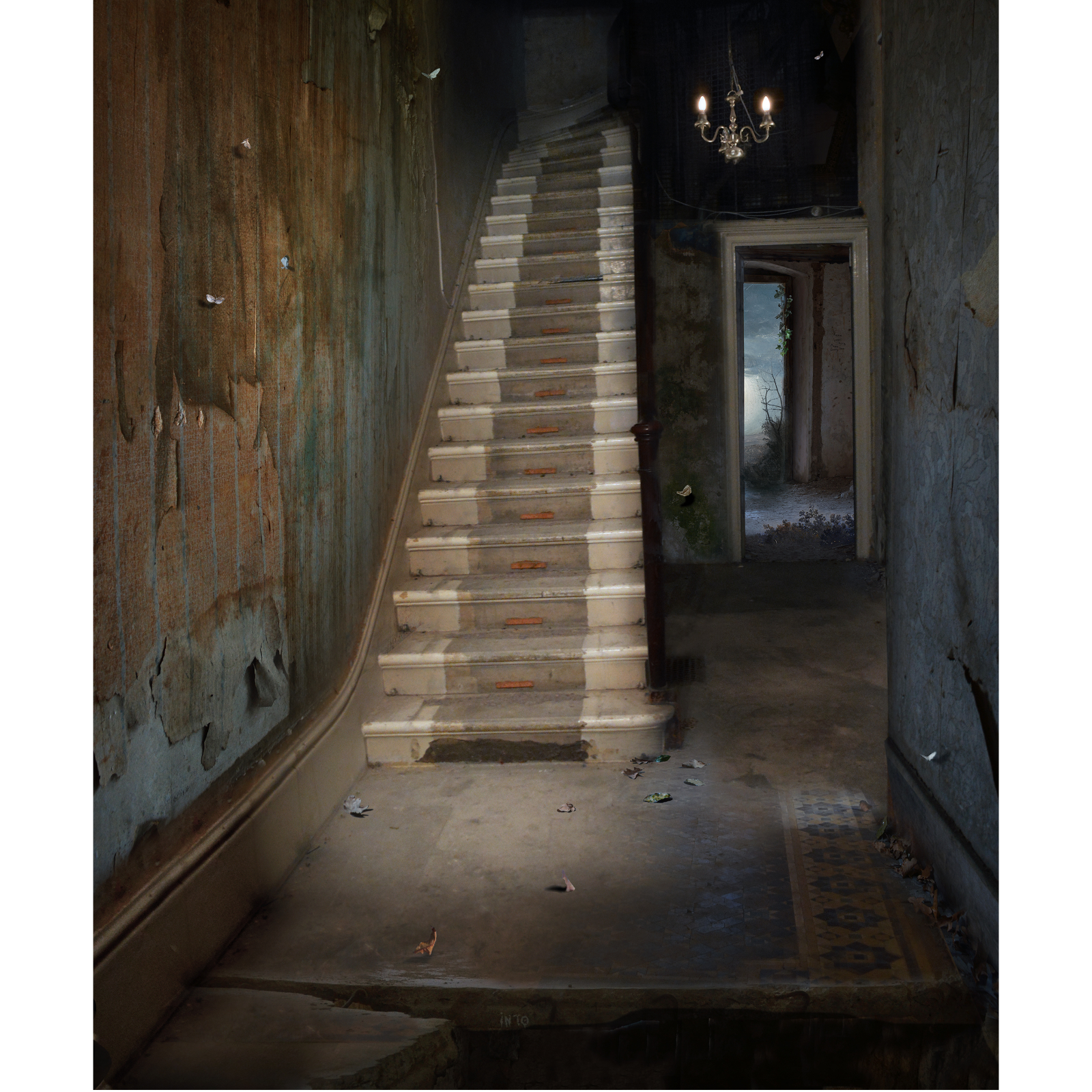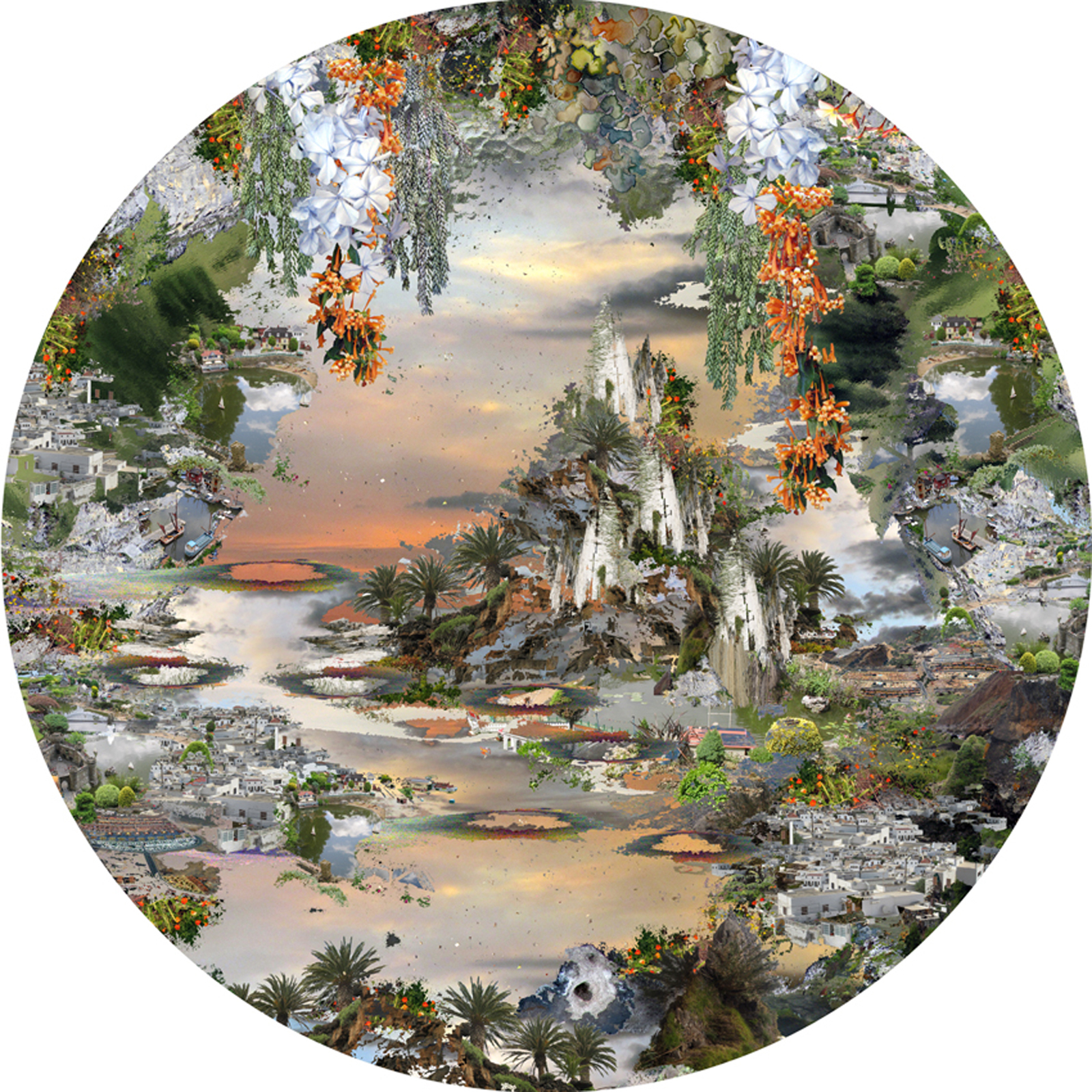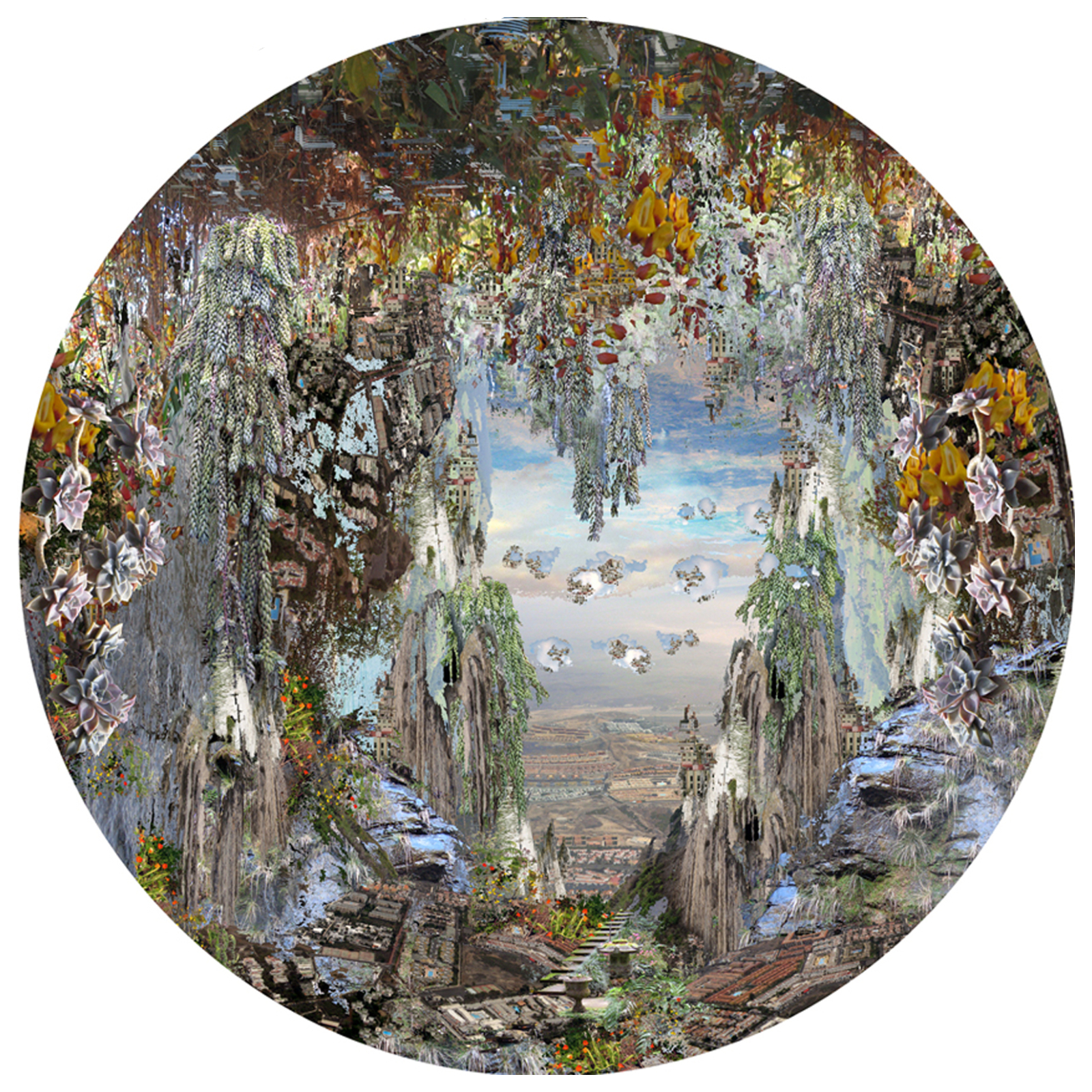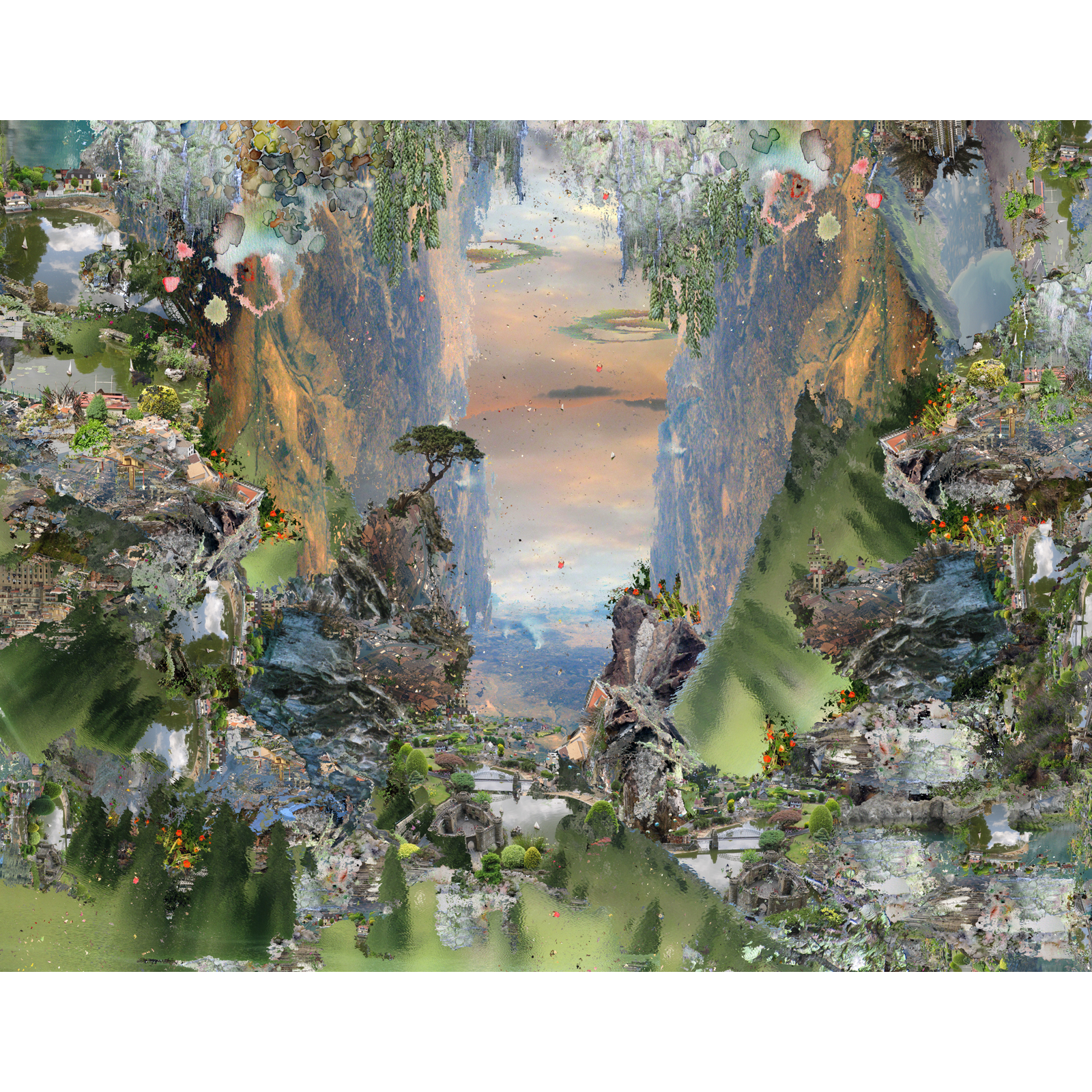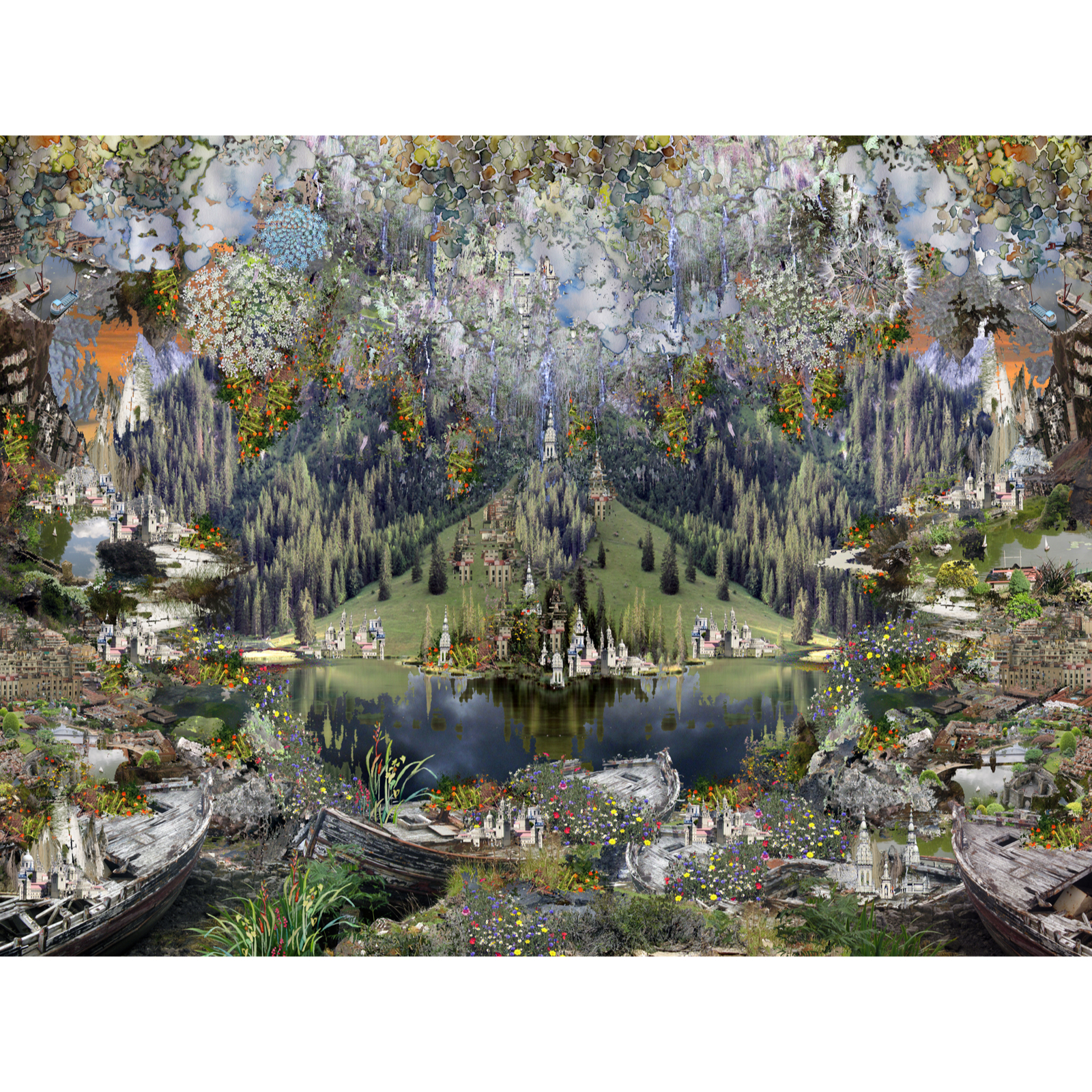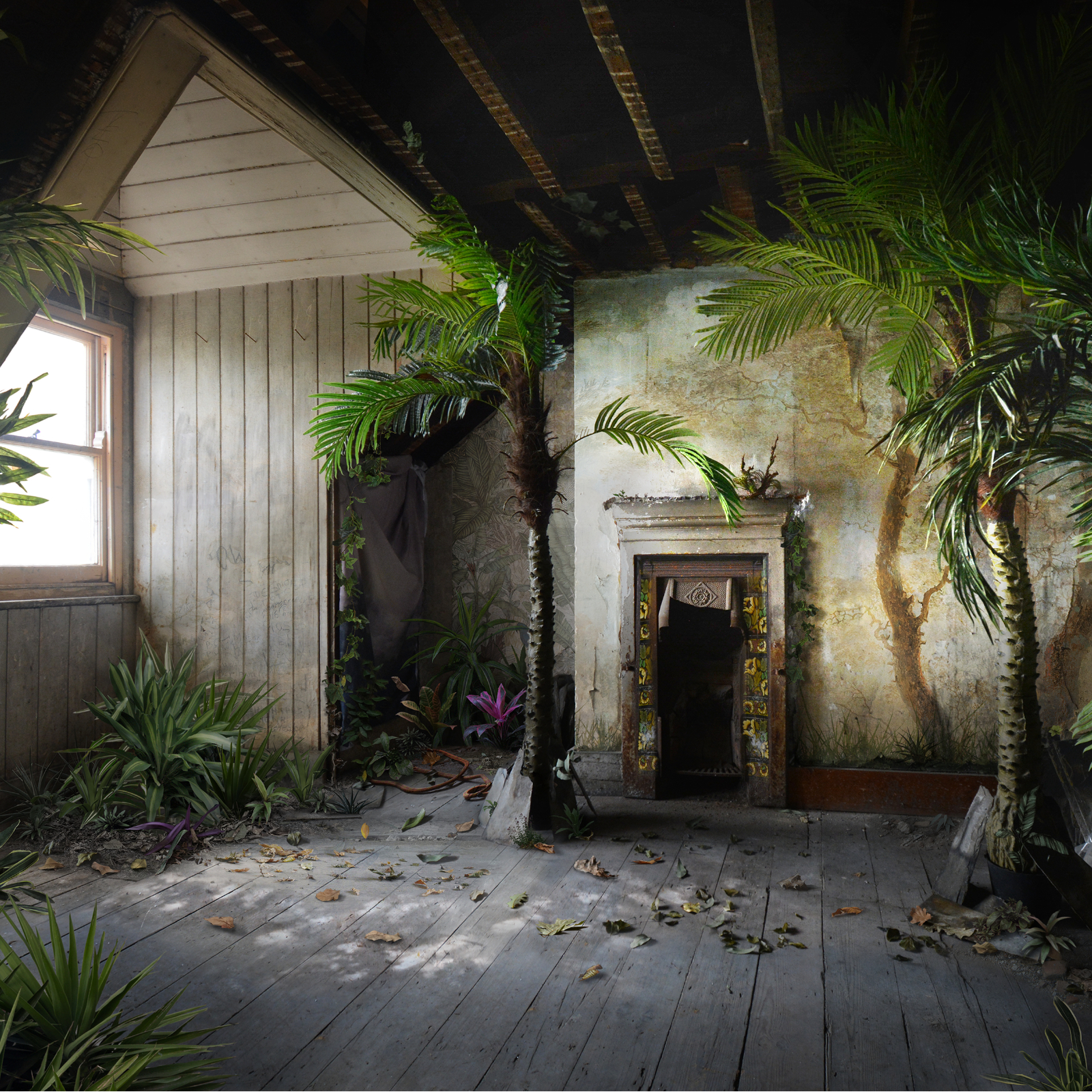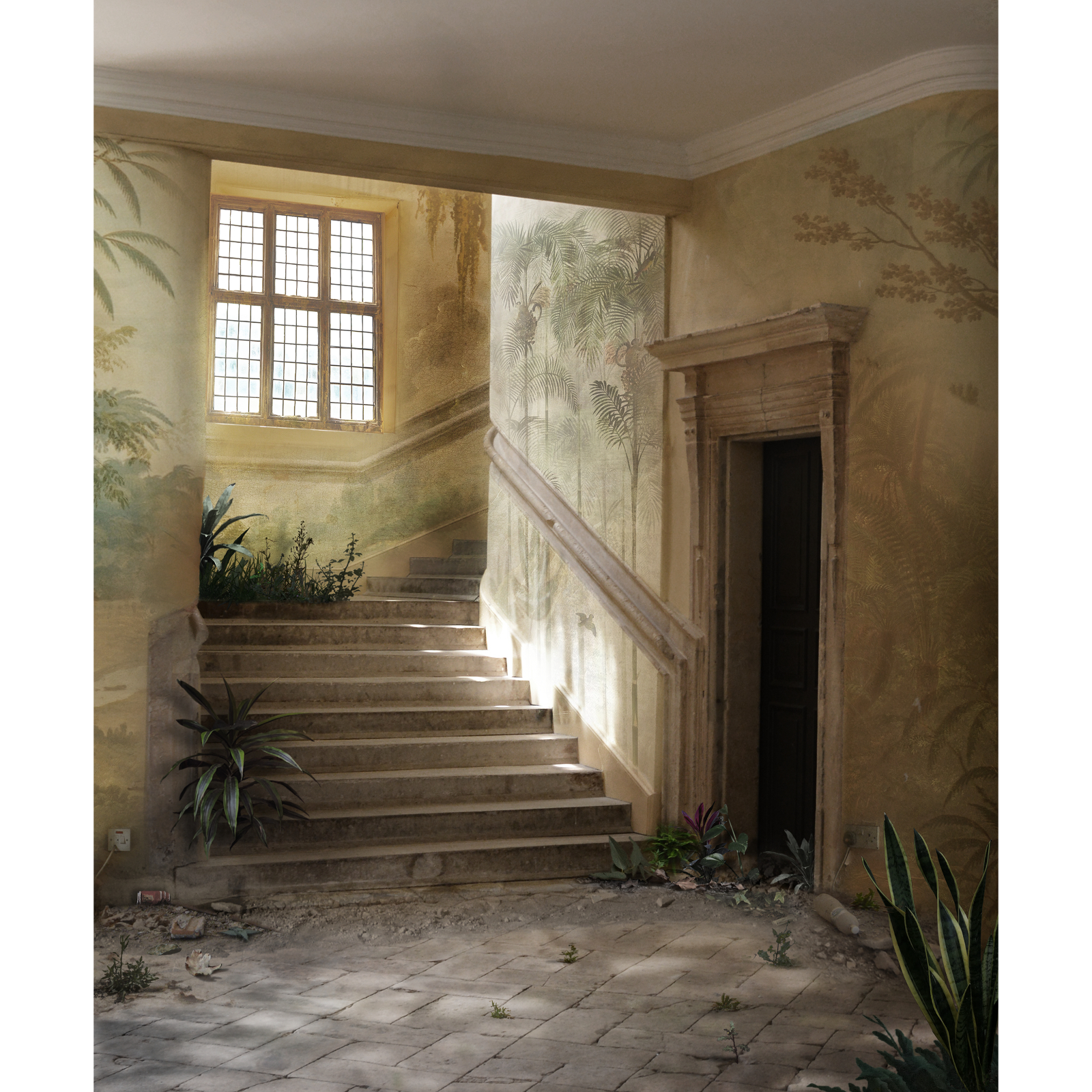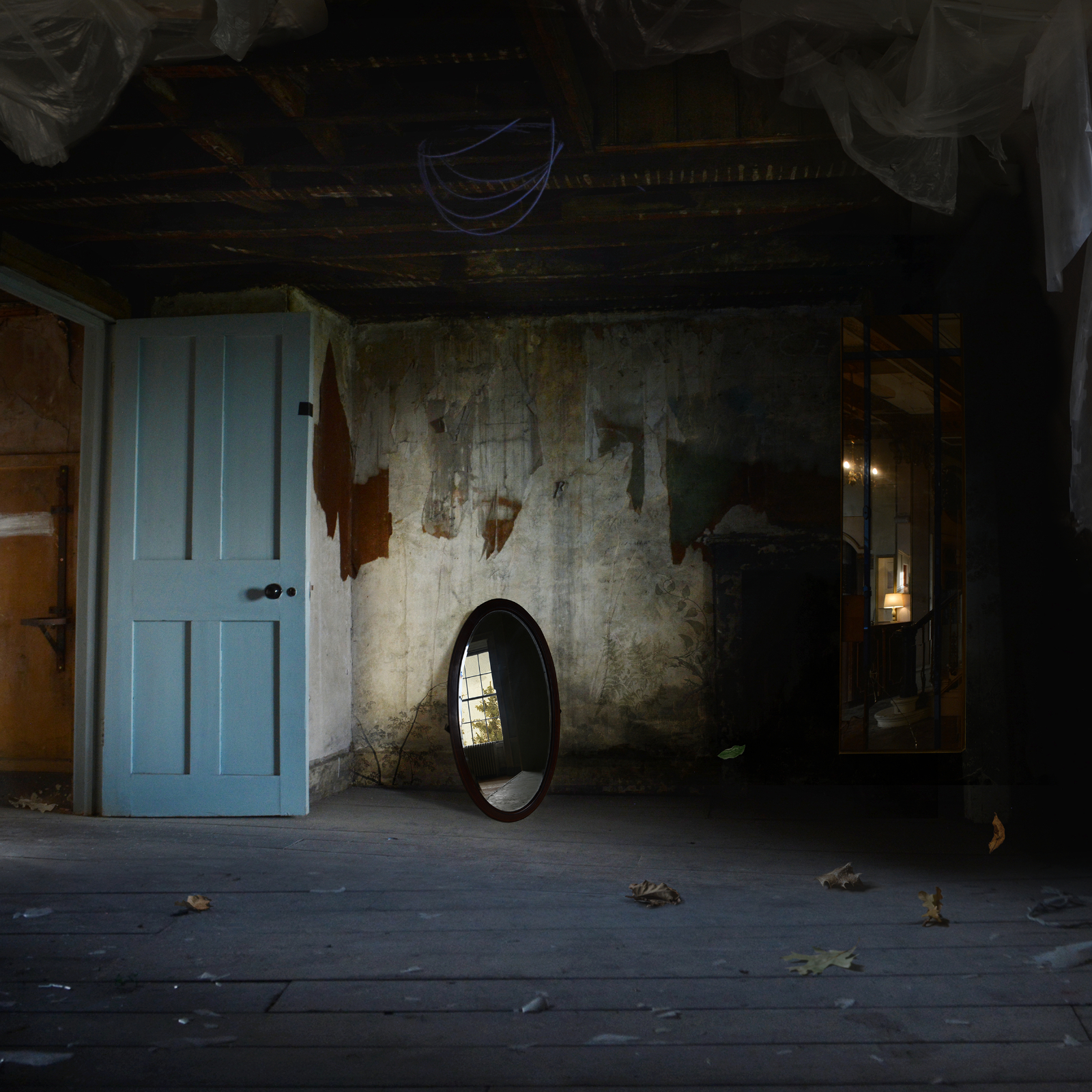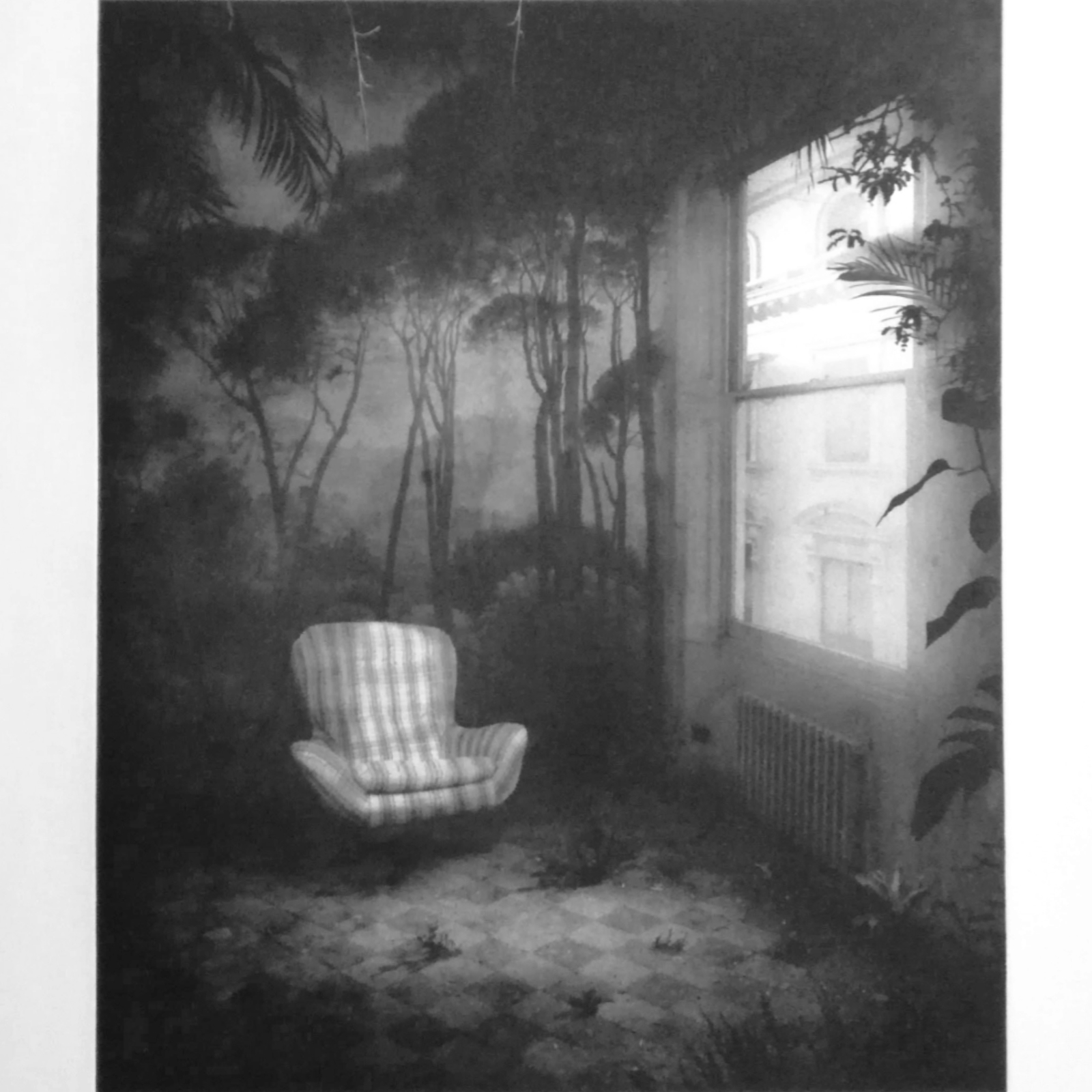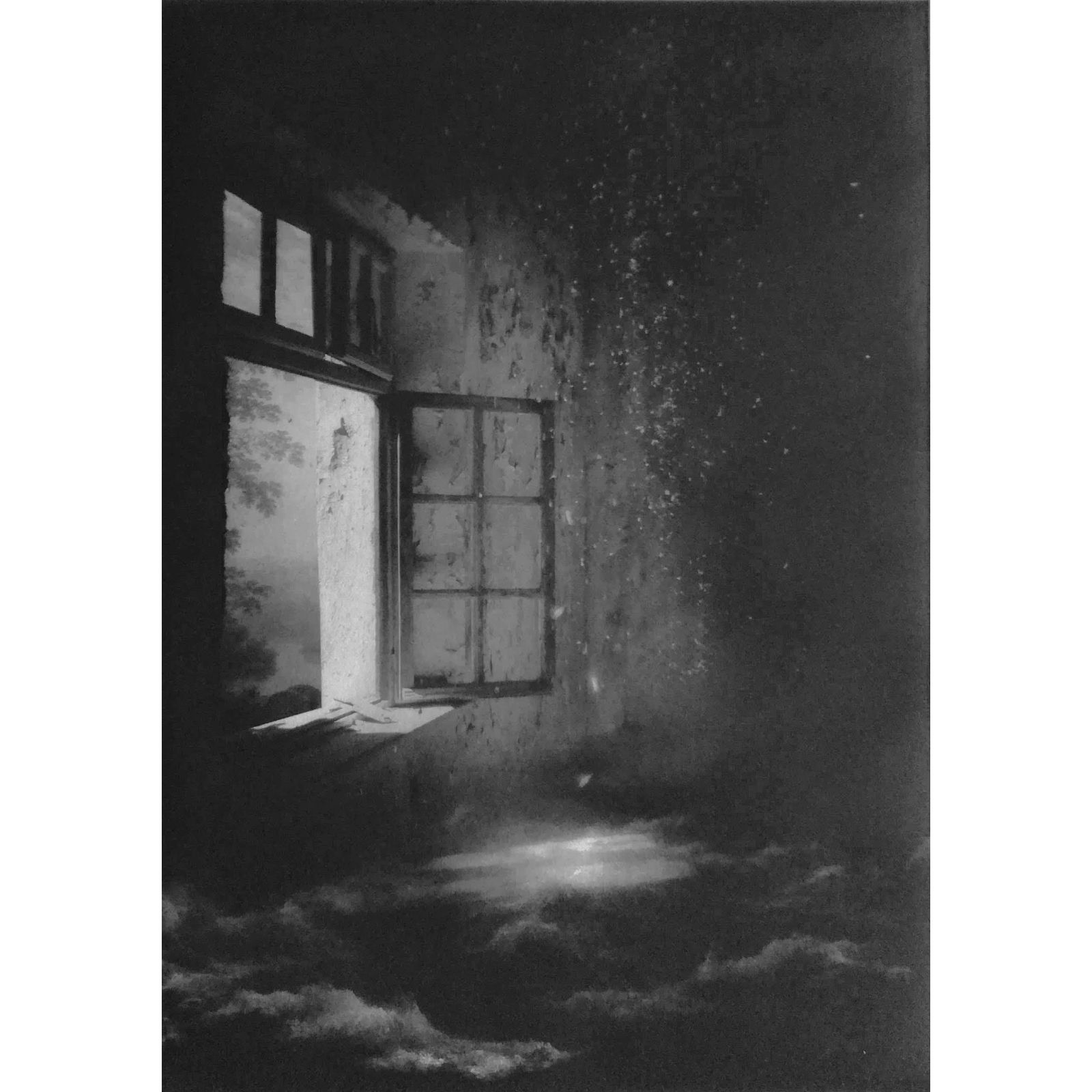Suzanne Moxhay & Jane Ward | Paysages (Re) Composés
[FR] – Comme prémices de leurs travaux, les deux artistes londoniennes se sont constituées de riches bibliothèques d’images, dans le catalogue desquelles se côtoient leurs propres photographies, leurs dessins ainsi que nombre de visuels rencontrés au hasard de travaux contemporains ou plus anciens. Chacune, dans sa propre réserve, plonge et puise un matériau fragmentaire propre à devenir pièce d’une composition nouvelle.
Suzanne Moxhay s’inspire de méthodes cinématographiques d’une époque où les décors se peignaient sur plaques de verre, autours d’espaces laissés vides pour y intégrer l’action par l’illusion de la caméra. De ce matte painting, elle reprend l’idée d’une superposition de plaques de verre sur lesquelles elle vient coller des fragments disparates, découpés à son répertoire iconographique. Chacun prend part à une nouvelle configuration que l’artiste photographie avant de la travailler numériquement. De ce photomontage imbriqué naissent des paradoxes, des Habitation ou Vestibule déconstruits par des sources de lumières contradictoires ou par l’invasion d’Arboretum et Palms à échelle paradoxale. Ces lieux possèdent leur réalité propre, une atmosphère fantastique traversant une Open window and rain, tirage en photogravure manuelle souligné par une palette de gris bleutés proche des magazines du milieu du XXe siècle, dont l’artiste tire une part de ses sources. Nous y errons, sans savoir déterminer s’ils sont factuels ou fictifs, portés par la magie de ces espaces patiemment créés par la finesse d’un travail de minutie exceptionnelle.
Le temps y est suspendu, comme chez Jane Ward, dont les œuvres hésitent à s’inscrire dans un commencement ou une fin du monde. Autour d’un vide central qui semble un Portal vers le monde de tous les possibles, s’organisent des paysages naturels ou des Cities aux accents industriels. Les espaces s’interpénètrent pour s’indéterminer dans une ambiguïté structurelle : les fragments visuels sont détournés, répétés, renversés. Ils forment les pixels de l’œuvre, comme pour métaphoriser la surexposition contemporaine à l’image, tempête que brave le cerveau pour en extraire les formes signifiantes. L’imagination en tire alors la matière à reconstruire un monde nouveau, un Overland ouvert à l’alchimie des rêves, sans temporalité linéaire, où se mêlent passé, présent et futur. Pourtant, les œuvres ne franchissent jamais la frontière de l’imaginable, et le spectateur peut toujours croire qu’il trouvera l’un de ces paysage on The over side of the mountain. L’artiste ajoute à ces ambiguïtés par l’érosion chimique qu’elle applique manuellement ou encore par l’aplat de notes d’encre ou d’aquarelle qui soulignent la dissolution d’une image dans l’autre. Coexistent alors l’état actuel et le souvenir d’un état précédent, disparu derrière l’œuvre finie.
Ces ajouts manuels rattachent les travaux de Jane Ward à la tradition du paysage peint, dont la civilisation est tenue à l’écart même si elle y a laissé ses traces. Chez Suzanne Moxhay, cette emprunte suggère une scène qui peut arriver ou vient de se terminer, dont les protagonistes ont quitté le champ visuel ou la Rooms with armchair. Le temps passe et détruit ce qui ne sera plus… Se pose alors une question qu’explore Jane Ward : par l’action du temps, quels éléments sauront prospérer tandis que les autres dégénèrent ? Dans cette problématique, l’homme devra comprendre la transformation progressive de son environnement et accepter la poésie de l’atemporalité, telle qu’elle se dégage des œuvres des deux artistes.
Texte par Blandine Boucheix / Août 2020.
Suzanne Moxhay & Jane Ward | (Re) designed landscapes
[EN] – Both of these London based artists work from a rich library of images which act as a starting point for their work. These pictures have been gradually built up over time and include their own photographs, drawings and many other images which they have encountered at random, some from contemporary sources and some from the past. Each artist, in their own way, gathers fragments from this material which they use to form part of a new composition.
Suzanne Moxhay is inspired by an old film making technique whereby parts of a movie set that could not be created on reality were painted on glass panels and incorporated with the live action on set through the illusory qualities of the camera. From this technique- matte painting- she takes the idea of the superimposition of imagery on glass plates. On these plates she pastes disparate fragments cut from her iconographic repertoire. Each of these takes part in a new configuration that the artist then develops through digital manipulation. From this fragmented photomontage there arise paradoxes. For example, in Habitation or Vestibule the veracity of the scene is undermined by contradictory sources of light, in Arboretum or Palms there is a paradox of scale. These places have their own sense of reality, an atmosphere of the fantastic. Open Window and Rain is a hand made photogravure print underlined by a bluish grey palette which is close to the mid-century magazines from which the artist draws some of her source material. We wander, without knowing whether what we see is factual or fictitious but carried by the magic quality of these spaces which have been patiently created with the fineness of exceptionally meticulous work.
Time stays suspended in Jane Ward’s work. Her pieces appear to waver between the beginning or end of the world. Around a central emptiness that seems to be a Portal, all the possibilities of the natural landscape or industrial Cities are organised. Spaces intermingle with each other and become indefinite, they are in a structural ambiguity: the visual fragments are diverted, repeated, turned upside down. They form the building blocks of the work, appearing to metamorphosise the contemporary overexposure to images into a storm from which the mind extracts its significant forms. The imagination then has the material to rebuild a new world, an Overland open to dreams or alchemy, without linear temporality, where past is combined with present and future. However, the works never cross the border into the unimaginable, so that the viewer believes they may discover one of these landscapes on The Other Side of the Mountain. The artist stresses these ambiguities in the work through the use of hand applied chemical erosion or by the flattening of ink or watercolours, techniques which hint at the underlying dissolution of images into one another. In the final work, the present coexists seamlessly with memories of what once was.
These hand-painted elements link Jane Ward’s work to the painted landscape tradition, landscapes in which civilization has been pushed aside, yet leaves its marks. In Suzanne Moxhay’s work the scenes suggest that something might be about to occur or has just ended. The protagonists have stepped away from the visual field. Or, as in the work ‘Room with Armchair’ times passes, gradually destroying what will not endure… This raises a question that Jane Ward explores: which elements will prosper while others degenerate through the passing of time? If he intends to solve that problem the human being will have to understand the progressive transformation of his environment, and then accept the poetry of timelessness, as it arises from both artists’ work.
Blandine Boucheix (August 2020)

